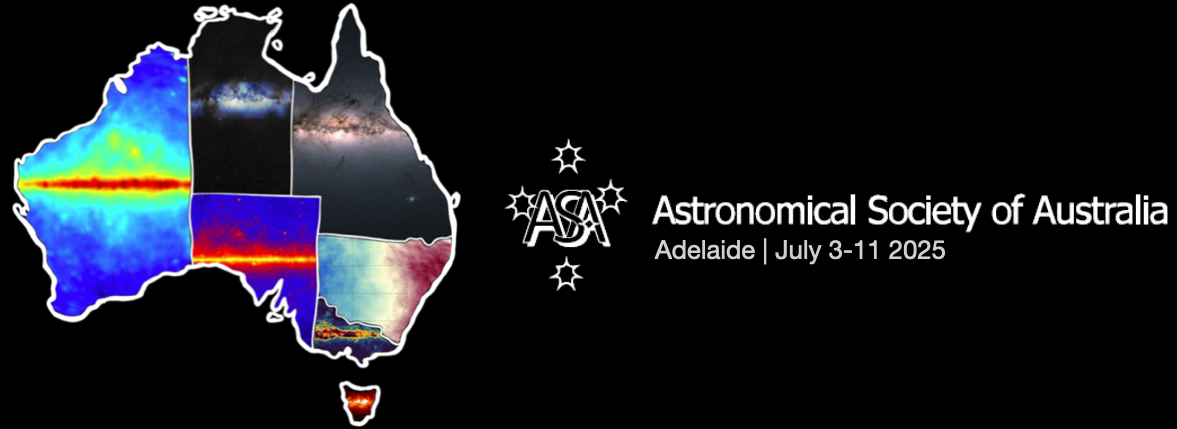Speaker
Description
The James Webb Space Telescope (JWST) has revolutionized the study of quasars in the high-z Universe. For the first time, astronomers have detected and characterized nearly 10 galaxies that host bright quasars at z > 6, a fundamental step in understanding the co-evolution of galaxies and their supermassive black holes (SMBHs) across cosmic time. Initial stellar mass measurements of these quasar hosts result in black hole-stellar mass ratios that are much larger than those in the local Universe, implying that these early black holes are significantly overmassive. The accuracy of these measurements remains limited by a subtraction of the extremely bright quasar point source. To constrain the bias from the subtraction, I use the BlueTides simulation to develop a Bayesian framework to estimate the error on the measured stellar mass of high-z quasar hosts. I find that quasar host galaxy masses are often underestimated, sometimes even falling below the observational uncertainties. Understanding this observational bias in the black hole to stellar mass relationship is critical for constraining the evolution of high-z quasars with their hosts. I'll also briefly discuss how radio observations can shed light on the interaction between high-z galaxies and their central SMBHs, offering clues to the mechanisms behind their large black hole–stellar mass ratios.

